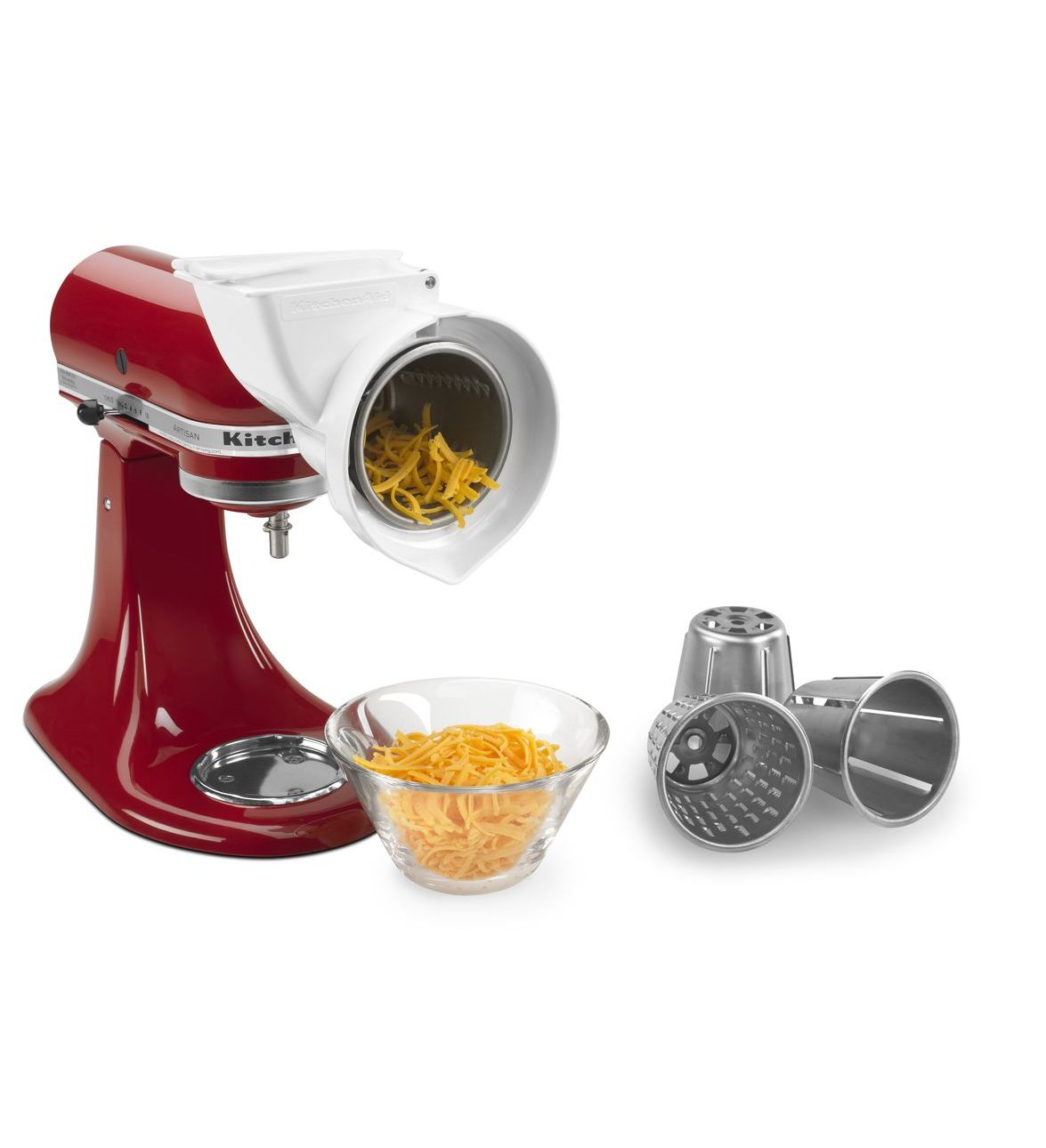

When Japan underwent modernization in the early Meiji era of the late 1800s, British round-topped white bread (イギリスパン) was first introduced during that time. However, it wasn’t consumed regularly by the Japanese for centuries. On the other hand, the flat-topped loaf is baked with a lid, so the evaporation of water is minimal it has a moist and chewy texture as a result.īread itself was first introduced to Japan in 1543 by the Portuguese (hence, we call it pan, which is derived from the Portuguese word pão). The round-topped loaf is baked without a lid, which allows it to stretch upward and have a light and soft texture. a round-topped loaf called yamagata shokupan (山型食パン), yama shokupan (山食パン), or yama shoku (山食 in Hokkaido).a flat-topped loaf called kakugata shokupan (角型食パン), kaku shokupan (角食パン), or kaku shoku (角食 mainly in Hokkaido) and.

This helps give brioche its signature golden color and a denser, chewier texture than shokupan. It uses a lot more butter than shokupan dough, giving brioche a sweeter and more buttery taste. Brioche is a much richer bread than Japanese milk bread. While both shokupan and brioche are soft and buttery, they are actually quite different. Typically cut into thick slices, its flavor and texture are well suited for anything from breakfast toast to Japanese-style sandwiches. You’ll instantly recognize shokupan by its distinctive square or rectangular block shape. With its higher fat content, shokupan is a richer product than traditional white bread. Shokupan is distinct from other types of bread in its texture, flavor, shape, and slice thickness. This delicate balance comes from simple ingredients like white flour, yeast, milk powder, butter, salt, and sugar. As a result, shokupan is at once slightly sweet, buttery, and milky. Over the decades, Japanese bakers modified the typical Pullman loaf to appeal to the Japanese palate. While I’ve seen Japanese milk bread also referred to as Hokkaido milk bread, the Japanese do not use either of these names and simply call it shokupan, which translates to “eating bread.” What Does Shokupan Taste Like? It has an exterior golden crust and an interior white crumb that’s light as a cloud and fluffy as cotton! It’s the most tender and moist bread you’ll find. The characteristics of this bread are its delicate texture and subtly sweet taste. S hokupan (食パン) or simply Japanese milk bread is the Japanese version of sandwich bread or Pullman loaf.

I’ve given this bread to my Japanese and non-Japanese friends, and they all highly approve of the results. This recipe makes a really delicious loaf. But, I’m here to tell you that there’s nothing like homemade shokupan! The square-shaped white bread is incredibly soft, fluffy, and super moist, even after toasting! These days, you can find shokupan at Japanese or Asian bakeries and markets. Growing up in Japan, I ate Japanese milk bread, or what we call shokupan (食パン), as a staple for breakfast. Here, I’ll show you two different styles: One with a rounded top and one with a flat top. If you’ve been searching for the perfect milk bread recipe, you’re in luck today. Japanese Milk Bread, or Shokupan, is possibly the best version of soft white bread! Known for its milky-sweet taste and pillowy softness, it’s enjoyed daily in Japan as breakfast toast and sandwich bread.


 0 kommentar(er)
0 kommentar(er)
